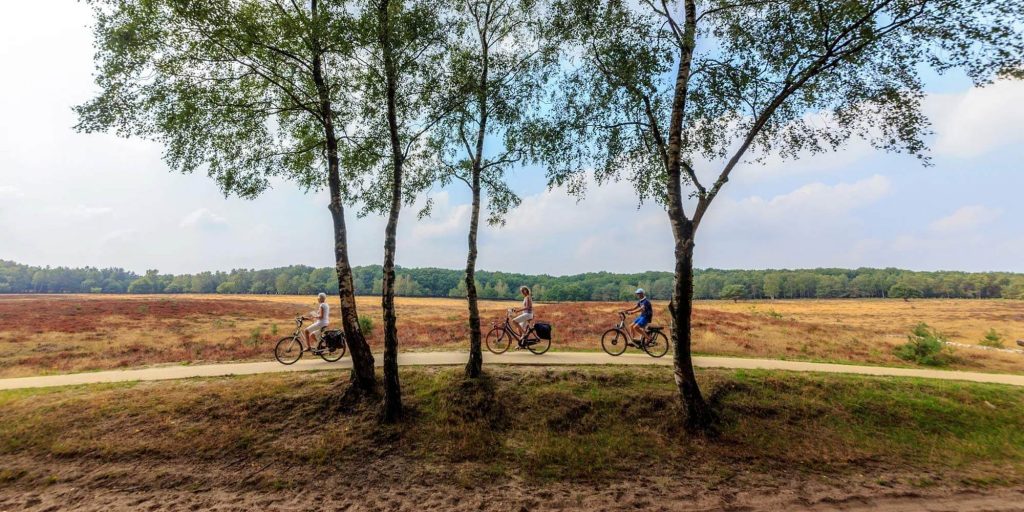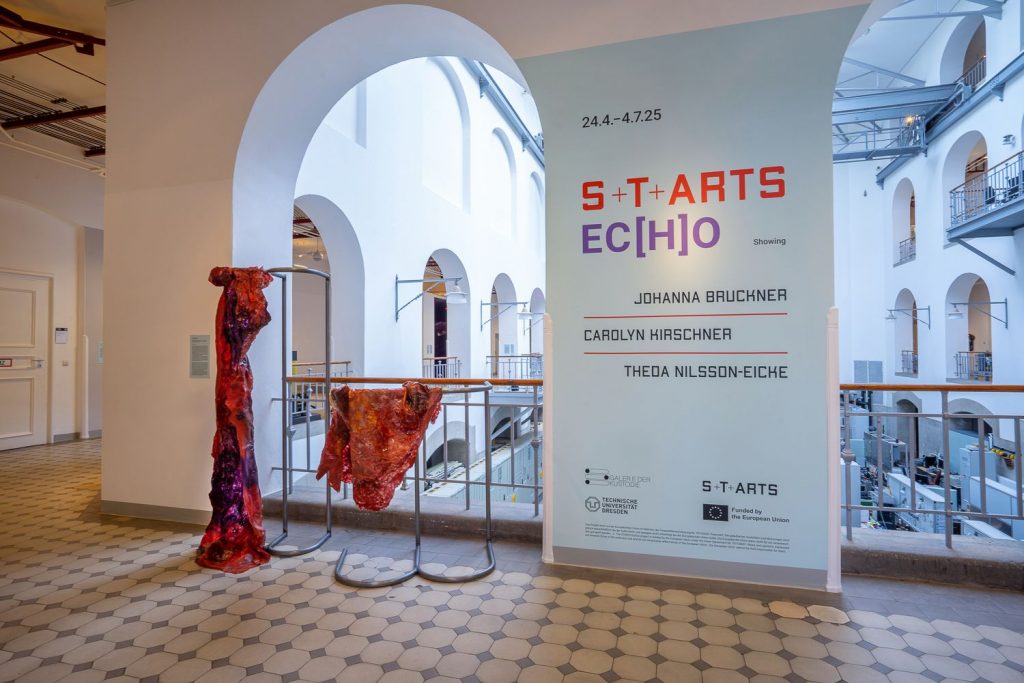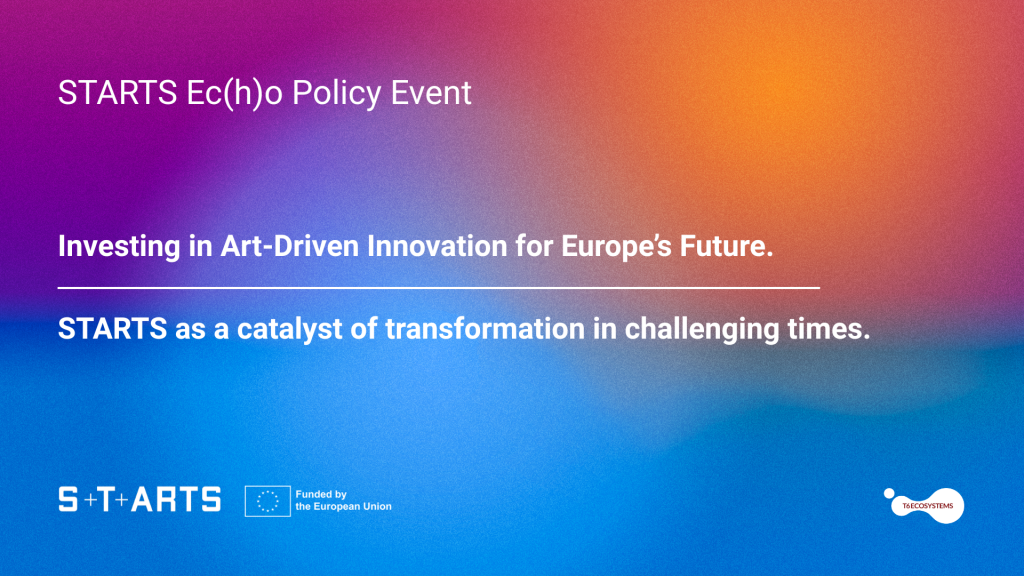S+T+ARTS4Water Challenge and Residency
Drought in Waterland
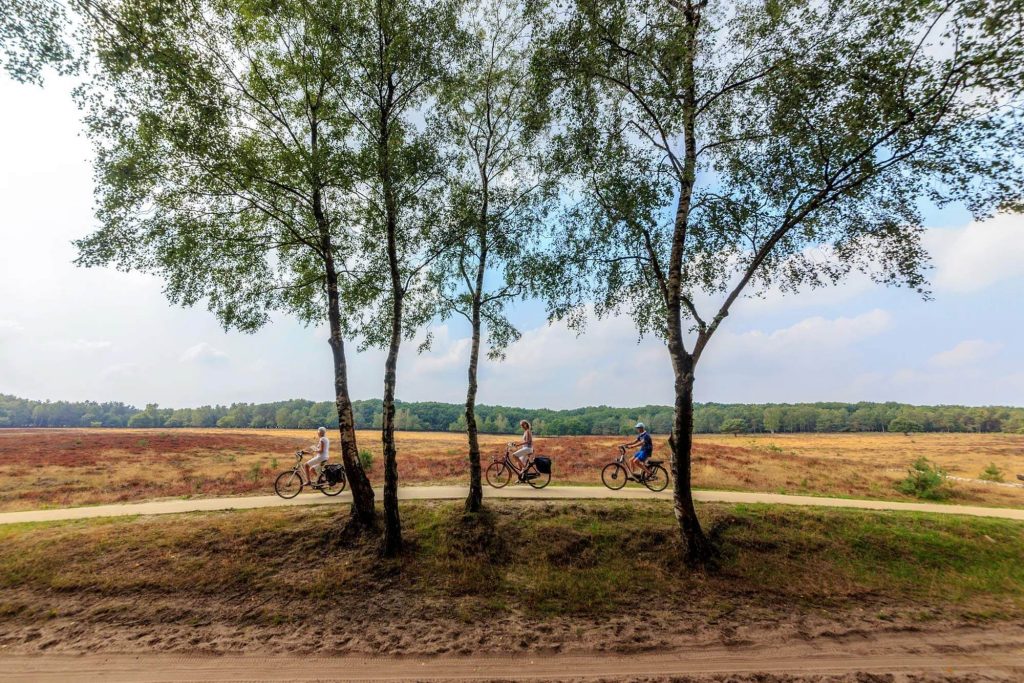
Host / Region
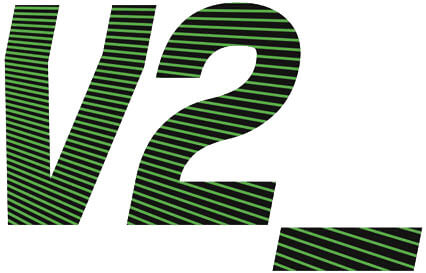
V2_, Lab for the Unstable Media/ Veluwe
Abstract
The Veluwe area can be seen as a sandbox in which water retention is low. The purpose of this residency is to develop resilient strategies for rainwater retention and groundwater use in order to achieve a better balance between human activities and the natural environment in this area.
Keywords
groundwater depletion, drought, ecosystem restoration, safe and affordable drinking water, water retention, sandbox, drought monitoring, data collection and information design, bioretention planting, agroforestry, food forestry.
Description of the regional challenge
Many would describe the Netherlands as a waterland. And yet, surprisingly, the most pressing water-related problem that the country is currently facing may be drought. In fact, for the Veluwe area specifically, drought is a growing problem. Groundwater fluctuations over the next ten years will probably not be very different from those of the past thirty years, but a rising number of tourists, higher temperatures and a longer growing
season will increase the pressure on Veluwe’s water system.
Region information
The Veluwe area is a high-lying, forest-rich area in the province of Gelderland. It features many different landscapes that include woodland, heath, small lakes and Europe’s largest sand drifts.
The Veluwe covers approximately 1,000 km². The region is enclosed between the Ijssel River, IJsselmeer lake, the Lower Rhine and the Guelders Valley. Royal Estate Het Loo is located near Apeldoorn, and its 10,400 hectares make it the largest estate in the Netherlands. The Hoge Veluwe National Park is located in the southwest of the Veluwe and spans 5,400 hectares.
Within its forested area, there are only a few villages – approximately 13,900 people live in this area of 912 km². Thus, the area, with only 15 inhabitants per km², is exceptionally sparsely populated by Dutch standards.
How is the mission S+T+ARTS driven?
The project encourages interest in rainwater – in its retention, storage and use – in such a way that the rights and interests of both people and nature are respected. This requires investment in adequate infrastructure, drought monitoring, data collection and information design, in collaboration with regional water authorities and other organisations. Protecting and restoring water-related ecosystems is also essential.
Artists-in-residence
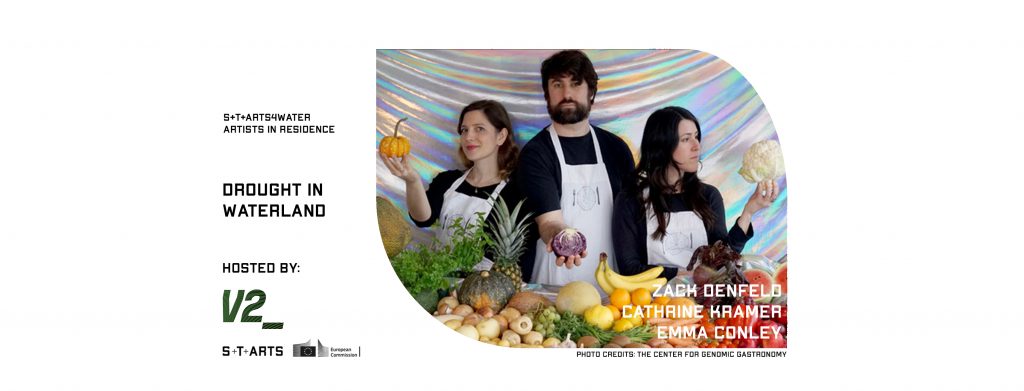
The Center for Genomic Gastronomy is an artist-led think tank launched in 2010 that examines the biotechnologies and biodiversity of human food systems.
Their mission is to:
–map food controversies
–prototype alternative culinary futures
–imagine a more just, biodiverse & beautiful food system.
The Center has collaborated with scientists, chefs, hackers and farmers in Europe, Asian and North America. They present their research about the organisms and environments manipulated by human food cultures in the form of recipes, meals, publications and exhibitions. Their work has been published in Science, Nature, Gastronomica and We Make Money Not Art and has been exhibited at the World Health Organization, Kew Gardens, Science Gallery Dublin, V2_, MU and the V&A Museum. The Center consists of Cathrine Kramer, Zack Denfeld and Emma Conley. Their current research initiatives include: prototyping a Norwegian National Dish and mapping, tasting & cooking with crops smoke-tainted by wildfires.
Artists’ statement
“When we began the ‘Drought in Waterland’ residency we wrote that it would be “a chance for us to collaborate with domain experts to explore how green technologies can be used to intervene in the regional water cycle. We are curious about how the material realities of rainwater management, plant selection and food forest maintenance meet the cultural need to imagine future land uses and prototype ecological societies.”
One of the challenges we had to address in this research is the pace and rhythm that is set by the fact of working with living materials, and especially perennial plant species. Most media art is created and disseminated quickly, with projects organised in 6-month to 1 year cycles. When you work with living things, there is a very significant delay between the moment when a project is conceived and when it begins to ‘work’. This is the same challenge faced by those in Dutch agriculture who want to move away from industrial practices in order to revive both soils and water, but who face time lags of between 2 and 10 years before their farms become viable again.
During the residency, we focused on temporal themes of slowness, persistence and multi- generational thinking. We’d like to use our art to get people excited about this stretching of time. For example: would you be willing to book a table at a restaurant where you can only eat twelve years from now?
As we continue our artistic research into this area over the next decade, we are describing it this way:
FOOD FOREST FANTASIES is a suite of tools, recipes and rituals for farming and eating otherwise. A Food Forest uses perennial plants and edible trees in order to manage water, minimise chemical inputs and revive soils.
Food Forest Fantasies is an ongoing project that assembles, displays and activates artistic research about food forests in order to stretch our imagination about time, place, technology and taste beyond human scales
Residency support network
- Witteveen en Bos Engineering and Consultancy
- Hoge Veluwe National Park
- Provincie Gelderland
- Ketelbroek Food Forest
- Wageningen University
- Mason Fischer (Crypto Entrepreneur)
Statements from Local Experts
“The residencies have a great capacity to resonate with people. Apart from the art + science + technology cooperation, this is one of the key aspects of STARTS4Water that should be focused on.” Anne Nigten (Centre of Expertise KUnst en Educatie AHK, The Patchingzone)
“In the Netherlands, the argumentation around ‘natural landscapes’ versus ‘cultural landscapes’ is a very interesting one. The case could be made that the Netherlands has no natural landscapes but has been wholly planned and made by man. This is an interesting context for residencies that reflect on and may end up doing interventions in this landscape, for they will always be interventions on top of earlier interventions” Geert van der Meulen (Researcher at the Chair of Urban Design, Theory and Methods)
” Veluwe is one of the highest areas of the Netherlands, and will not be affected by sea level rise. However, the
surrounding areas like the Flevopolderand the river area will be affected. So this ‘Drought in Waterland’ area might indeed become a museum of pre-sea-level rise landscapes, providing both a proving ground for the ideas and
techniques developed in the residencies and a future conservation area.” Ebbing van Tuinen (senior project manager water management Witteveen+Bos)
